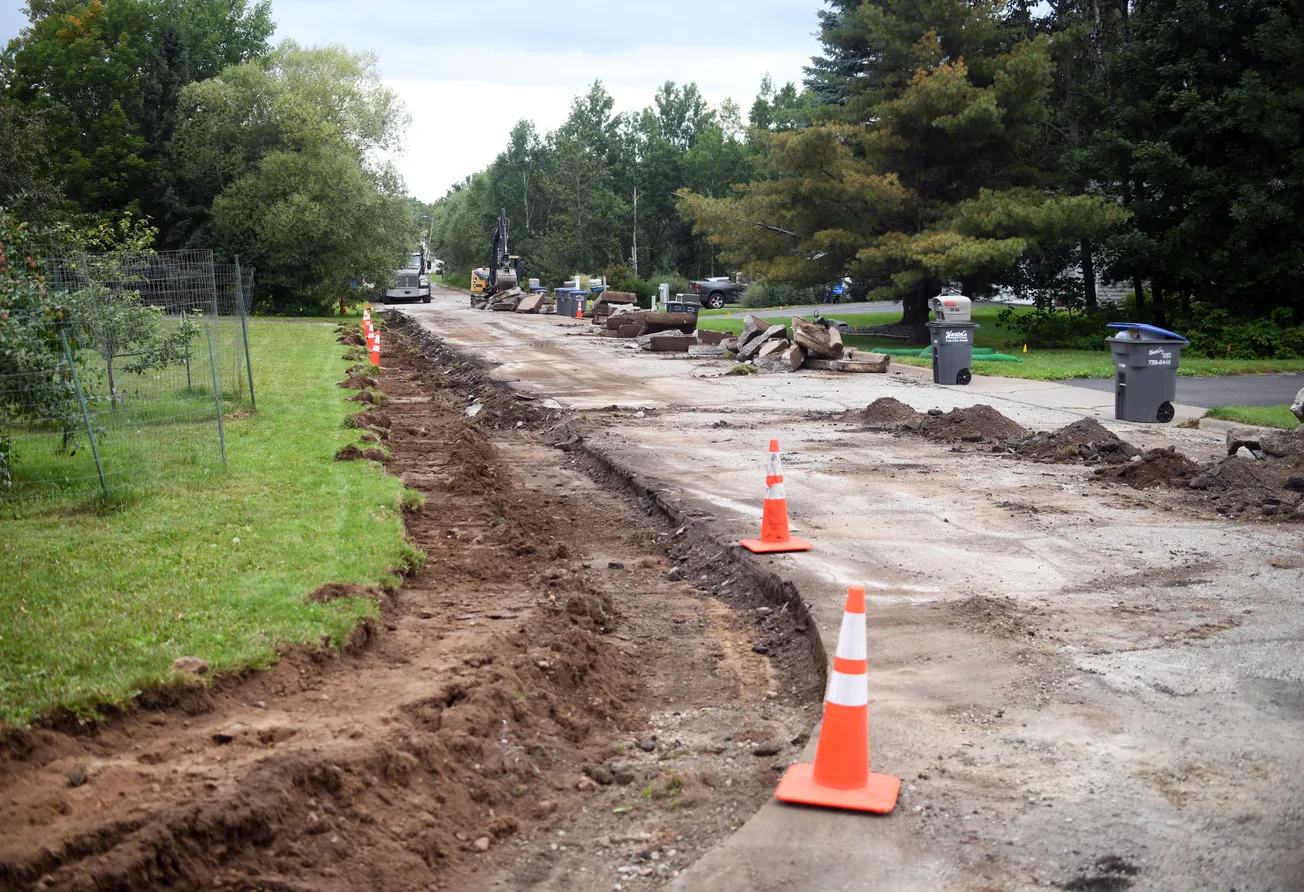DULUTH — A new housing study commissioned by the City of Duluth projects the need for 8,700 new housing units over the next 10 years, with a significant portion focused on senior and moderately priced housing.
The findings were shared Monday during a Committee of the Whole presentation to the Duluth City Council, ahead of the public release of the 2025 Maxfield Comprehensive Housing Needs Analysis and the 2025 Housing Indicator Report.
Prepared by Maxfield Research and Consulting, the study found a high demand for nearly all types of housing across market segments, particularly mid-market rental and ownership units, and housing for older adults.
Demographic analysis showed Duluth’s population has grown by just 2.1% since 2010, despite broader regional growth. To accommodate projected future demand, the city would need to add 8,700 housing units by 2035, including 2,400 units geared toward seniors.
“Our region is growing while Duluth’s population remains relatively stagnant. Why? Lack of housing options,” Mayor Roger Reinert said in a statement. “For us to reach 90,000 residents by 2030, we must get serious about housing at all income levels — especially mid-market and for-purchase. We need all the options in all of Duluth’s neighborhoods, including downtown, and that means condos, townhouses, and more.”
The study also highlighted growing affordability concerns. In 2024, median rent in Duluth reached $1,443 per month — a 6.5% increase from 2022. The average rent among the city’s five newest apartment buildings was $1,792, about 13% higher than the overall average. Meanwhile, Duluth’s rental vacancy rate was just 1.8%, far below the 5% benchmark considered healthy. More than half of Duluth renters — 53% — are considered cost-burdened, spending over 30% of their income on housing.
The report urges the city to expand senior housing, diversify housing options in every zip code, and prioritize rehabilitation of existing homes to promote mobility within the market.
“The Maxfield study clearly shows a need for additional units to allow for movement in the housing market,” said Tom Church, senior housing developer for the city. “The slow housing growth and lower supply is keeping residents who want to move up to housing that better suits their families’ needs from doing so. We now have some hard data that illustrates this necessity to sustain population growth.”
The full 2025 Maxfield Housing Needs Analysis and Housing Indicator Report will be available soon on the City of Duluth’s website. City officials also announced plans to host a 2025 Housing Strategies Conference in November, with more information and registration details expected in the coming weeks.









